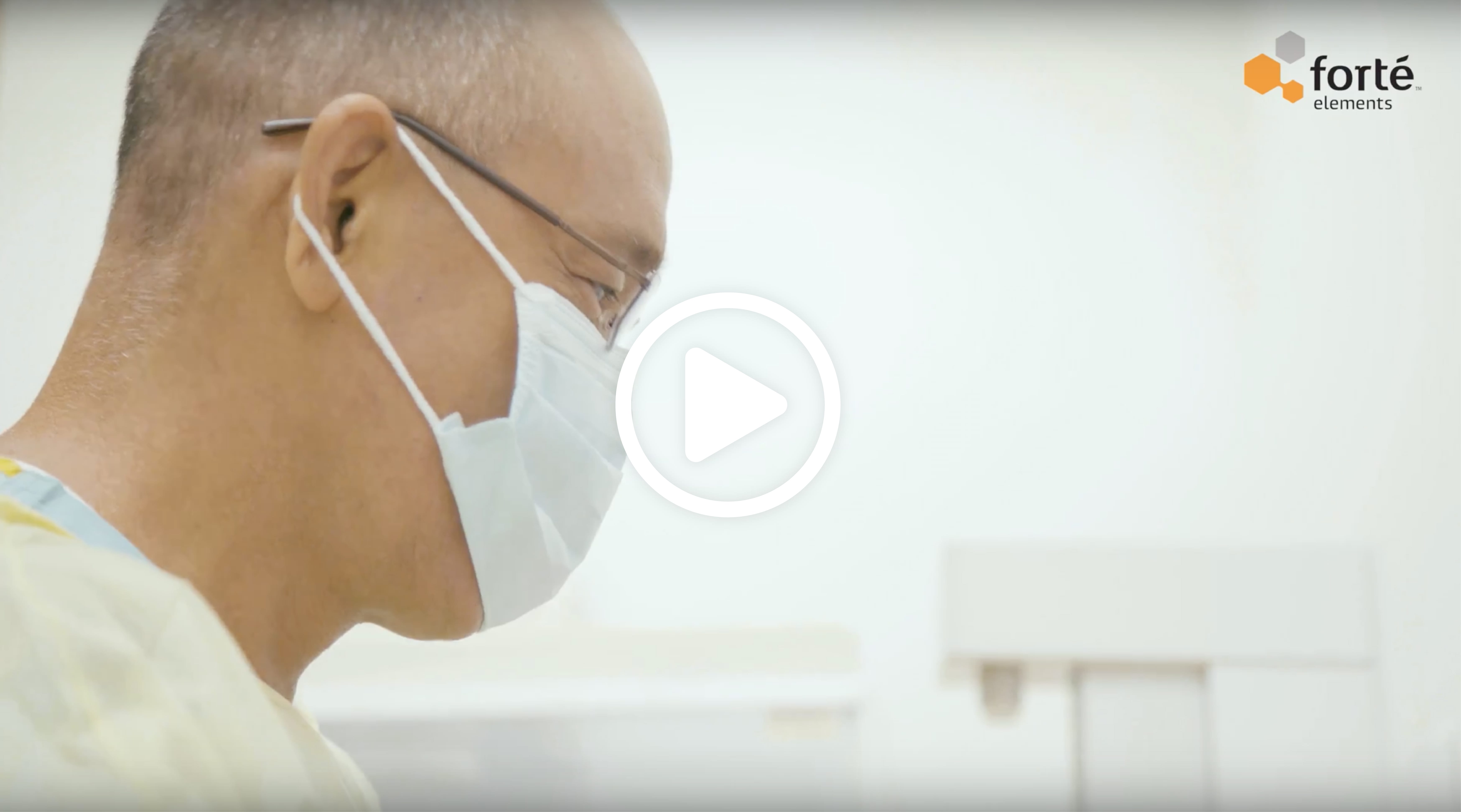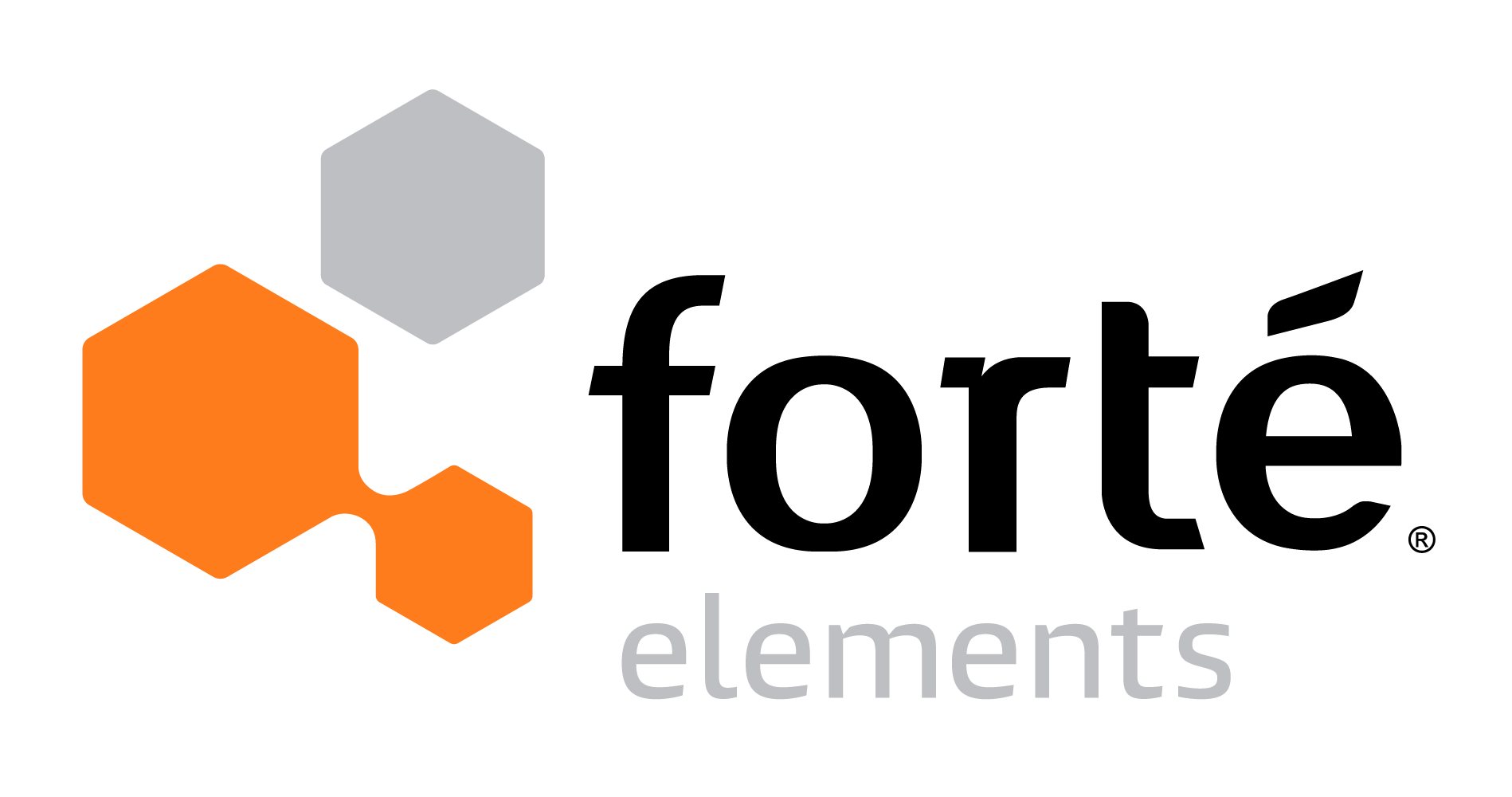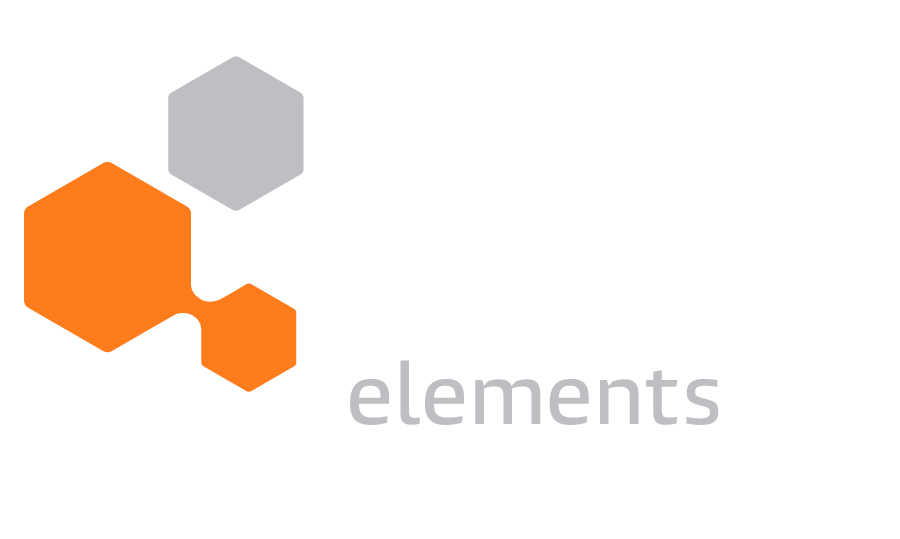Bone & Joint Health
The 3 Stages of Fracture Healing
Each year, an average of 6 million people in the United States will break a bone. This accounts for 16% of all musculoskeletal injuries and more than 3.5 million emergency department visits1. In fact, the average citizen in a developed country can expect to sustain two fractures over the course of his or her lifetime. And, fracture healing is no walk in the park. Bone healing is something that will affect almost all of us at some point in our lives. The process of bone healing isn’t simple. Instead, it’s a delicate dance that involves a complex network of proteins, tissues, specialized cells, and a whole host of vitamins and minerals. Such nutrients that can only be gained from good nutrition and healthy eating.
Fractures are not a respecter of persons; they occur in children, adolescents, teens, adults and the elderly. They impact different lifestyles from inactive to athlete and everything in between.
Understanding the types of fractures, the biology and stages of healing, and the nutritional demands of that process will provide needed support for an optimal outcome.
3 Fracture Healing Stages
Inflammatory stage:
The first phase of the fracture healing process starts the moment after bone breaks. At this point, the body goes into action right away. A small blood clot, known as a hematoma, forms around the fracture site which then attracts molecules called white cells. White cells form part of the body’s defense system. Along with many other proteins, they cause the
- swelling,
- redness, and
- inflammation
that we see and feel right after an injury. Although inflammation causes pain, it also triggers the growth of new blood vessels as well as the recruitment of other proteins. This trigger will go on to help with the bone building process.
Reparative stage:
The second phase of bone healing is where the real business of healing takes place. It is now approximately two weeks after the fracture has occurred and the worst of the original pain has probably gone away. The site of the fracture still feels weak and a bit tender. At this point, the tissues in the area are working overtime to form into a soft callus. This callus lays the groundwork for new bone formation. This phase is probably the most important because it lays the foundation for new bone. This phase can take anywhere from 6-12 weeks to be complete.
Remodeling stage:
In the last phase, the callus matures and remodels into what we recognize as strong, healthy highly-organized bone. From start to finish, the whole process of the 3 stages of fracture healing can take anywhere from a few months to years depending on many different factors. However, the length of healing depends upon things like
- the site of the injury,
- your general health, and
- nutritional status.
Importance of Nutrition and Bone Fracture Healing
The importance of good nutrition during bone healing cannot be overstated. Good nutrition can influence the speed, comfort, and completeness of the bone-building process, and ultimately the quickness of your bone fracture healing time. Good nutrition means eating a regular diet that contains protein, antioxidants, minerals, and vitamins—all of which play a key role in bolstering and accelerating fracture healing. For those unable to get all their nutrients through their daily diet (and very few of us do), supplements are a great way to make sure you’re getting all you need to recover. A little-known fact is that at each stage of the bone healing process, the body requires increased nutritional demands. This means that in order to heal properly the body needs lots of
- nutrients,
- amino acids,
- protein, and a good blood supply (in order for nutrients to be delivered to the places they are needed).
- Antioxidants – The fracture event creates extensive “free radicals” that rapidly consume available antioxidants such as Vitamin C, E, Lycopene and Alpha Lipoic Acid. Providing sufficient antioxidants and restoring depleted resources is imperative.
Without these in adequate amounts, the healing process can be compromised. Forté Fracture brings together the intense combination of nutritional elements important in facilitating fracture healing.

Why Is My Bone Fracture Not Healing?
Consider that a patient with multiple fractures may need up to 6,000 calories per day to meet the energy requirements of proper bone fracture healing. This is compared to the approximately 2,500 calories a day that we typically need when in normal health2. It is clear that an average body needs 2.4 times the daily intake of calories for proper bone and fracture healing. Review 3 main types of fractures for more information on how to speed up your recovery time. While most broken bones heal without incident, approximately 5-10% of bone fractures fail to heal normally. This usually results in something known as delayed healing or non-union1. This means that the bones don’t set properly or that they don’t align in the right way. This can lead to further pain, dysfunction of the joint, and in some cases corrective surgery to get the individual back on the standard bone healing timeline.
Minerals + Vitamins and The Bone Healing Process
Minerals such as
- calcium
- phosphorous
- magnesium
- silicon
- zinc
account for 70% of bone by weight3. Fracture healing requires the availability of all these minerals. On a daily basis, most people already under-consume these nutrients. So, when a fracture occurs, it’s not hard to imagine that a mineral deficit often occurs. Getting the right vitamins is essential to the timely bone fracture healing process. While protein and minerals are the building blocks for bone, vitamins are the catalysts for many of the millions of reactions involved in bone repair. In particular, the B vitamins and vitamin C, D, and K play vital roles in fracture healing. When it comes to the bone healing process, your body will naturally take care of the complex processes that occur at a cellular level. Yet, it’s up to each of us to make sure that we give our body the nutrients it needs to carry out its job of healing.
Different Types of Fractures That Differ in Location and Severity
- Open fractures are when the bone is sticking out through the skin.
- Closed fractures indicate the skin is still intact.
- Comminuted fractures are when the bone breaks into multiple fragments.
- Widely displaced fractures happen when the bone is broken in two or more places so that the ends of the bone don’t line up.
- Stress fractures occur from repetitive stress and others occur from a single violent episode of trauma.
- Some fractures may require extensive surgery to put the pieces back together and others may merely need a cast or brace to immobilize or protect the injury while it heals.
Regardless of the type of fracture, the actual biology of the healing process, after surgery, brace or cast, remains the same.
1- American Academy of Orthopaedic Surgeons. OrthoInfo: Physical Fields. Available at http://orthoinfo.aaos.org/topic.cfm?topic=A00279.3- Forté Elements. Forté Fracture White Paper. Provo, UT. 2015. Online.
2- Kakar S, Einhorn TA. Importance of nutrition in fracture healing. In Nutrition and Bone Health, ed. Holick MR and Dawson-Hughes B. Totowa, NJ; Humana Press Inc., 2004.
3- Forté Elements. Forté Fracture White Paper. Provo, UT. 2015. Online.





bone healing therefore needs to be critically managed under the care of medical practitioners trained in the latter for the delivery of quality patient care.
Hello. I found this article very interesting. I have a fracture on the medial malleous which happened as a result of a bike accident. It has been 4 weeks since the accident but I was disappointed to see that my xray at this stage doesn’t really look any different to the xray I had at the point of the accident. Is this normal?? Should my bone have showed some sign of healing at this stage? I have another appointment for xray in 2 weeks and I am hoping to see an improvement. I am going to try and micro manage my diet now in an attempt to increase my nutrient intake.
Rachel, we are so sorry we are just seeing this comment! We hope this article answered some questions and we hope you are healing. If you have any further questions, please ask us!